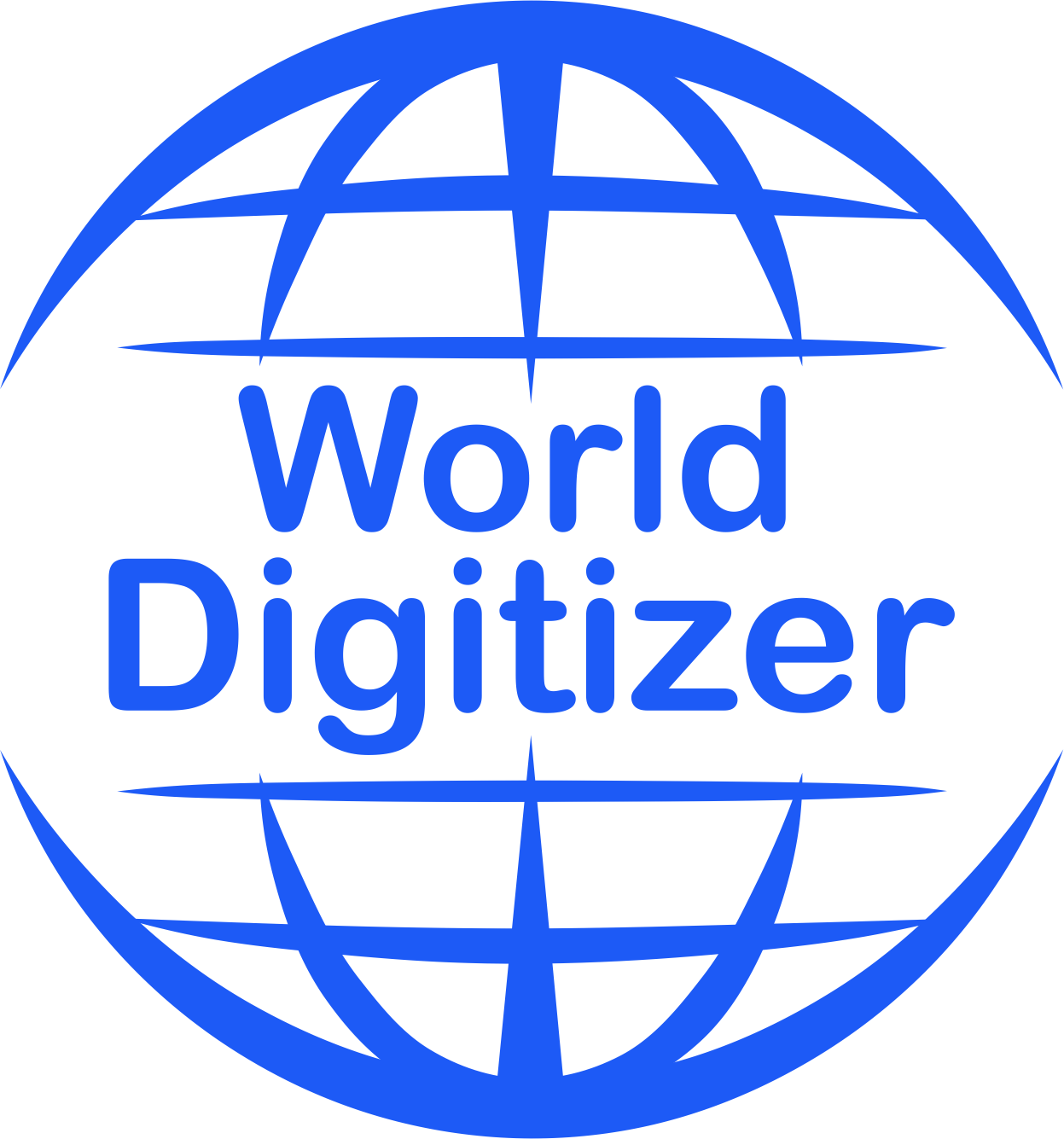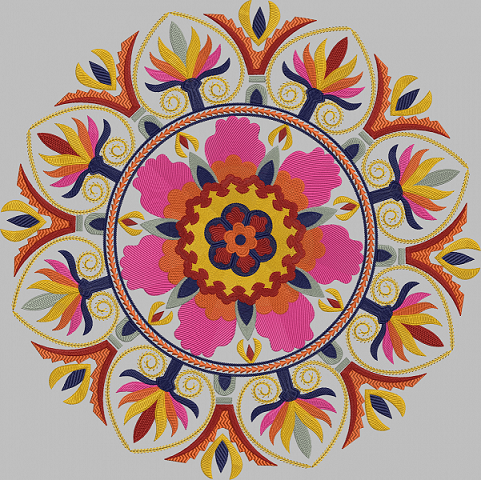Embroidery is not as easy and as simple as we see it. There is so much to consider when we do it. Each and every step requires great expertise. However, the same rule applies to the types of embroidery stitches. An expert digitizer knows the importance of embroidery stitches and their types, names, and everything that is related. Well, if you are a beginner and you are not aware of the stitch types then we are here to help. Here is your detailed guide about embroidery stitches and its types, take a peek below;
What Are Embroidery Stitches?
There is a huge range of embroidery stitches that are accessible in the software. Not only this but if you prefer hand embroidery then there are many types of hand stitches that we use. But, today in this guide, we will be discusing the types of embroidery stitches for machine embroidery. With this information, you will learn about machine embroidery and stitches, but before, let’s know what’s an embroidery stitch. Basically, it is the embroidery swing, and there are numerous of them available.
Moreover, we count each needle drop as a number. The more the needle drops, the more will be the number of stitches. Also, the number of stitches helps to determine the price. Now, let us take a quick overview of the embroidery stitches.
Types Of Embroidery Stitches:
Below are the most used types of stitches;
Tatami Stitch:
Tatami stitch is also known as the fill stitch. We use this stitch to fill spacious objects. And whenever you find an object that is larger than that of 1 cm then choose tatami stitch. This stitch is smooth. Also, you can use it to give different angles and shapes to the design.
Cross Stitch:
Many people use cross stitch for various kinds of embroidery designs. However, there are different types of cross stitch, it includes quarter cross, half cross, and full cross, etc. Also, it is one of the most common types of hand sewing stitches.
Satin Stitch:
Also known as the jump stitch, satin stitch use the left-right-left-right technique to make the design. It comes under the category of most common embroidery stitches. Also, you will find satin stitch as the best to make your design. If you have an object that is no longer than 1 cm then make sure to choose satin stitch.
When the embroidery machine makes satin stitch then its main purpose is to outline the design. We also use it to append appliques to the ground fabric. This stitch has numerous variants and a few of them are as follows;
Padded variant:
We use these to fill rows of running stitch embroidery then these rows are further converted to satin stitches.
Brick variant:
We use alternative rows of satin stitches in the brick variant. It enhances stepped shading and several colors.
Encroaching variant:
We use this to set the stitches that are between the bottom.
Long and short variants:
We use this for fine shading.
Bourdan variant:
We use this for decorative and monogram purposes.
ZigZag Stitch:
This stitch resembles the satin stitch, but this goes from angle to angle. If the spaces between two stitches are not far and very close then you will find this stitch to look like a satin stitch. So, it is crucial to know the difference between these two types of embroidery stitches.
In a Nutshell:
Embroidery is a new trend in the world of fashion. More and more people every day think of getting their stuff embroidered with the design they provide. This is where embroidery digitizing comes in. To get this done you would either need to contact an embroidery digitizing service that has a reputation in getting quality work done on time.
It might be a little hard to find cheap digitizing places but if you’re lucky you may find it. There are several companies that do quality embroidery digitizing on jackets, caps, shirts, etc. at an affordable rate. The workers of such companies work hard and maintain their focus to make sure they don’t ruin their client’s apparel or stuff that needs to be embroidered and WorldDigitizers is one of these!
Getting things embroidered is not an easy task and requires a professional who knows about the language of a computer dealing with threads and needles. The embroidery digitizing software has made embroidering easy as it can finish its fine work within hours while some designs may take more time depending on their complexity.







Way cool! Some extremely valid points! I appreciate you writing this write-up and also the rest of
the website is really good.